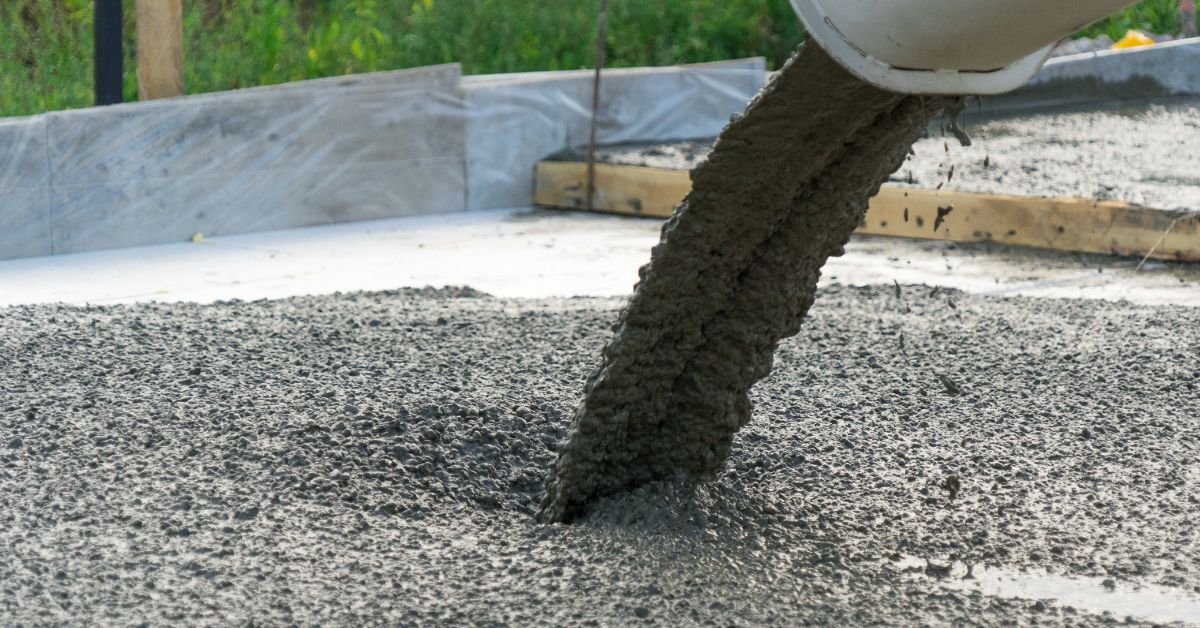For small construction projects, choosing between a dry or wet concrete pour can significantly affect the final result. While a dry pour might seem convenient, it comes with its challenges. This article will explore key methods to make your next dry concrete pour project stronger and more durable, ensuring long-lasting results.
Ensure the Right Thickness for Concrete Pads
[Start with the Right Thickness]
One of the most common mistakes in dry concrete pour projects is not achieving the correct pad thickness. Whether you choose a dry or wet pour, it’s essential to ensure the slab is at least 3.5 inches thick to prevent future cracking or structural failure. Without the proper thickness, even a well-mixed concrete slab might not hold up in the long run, especially under weight or environmental pressure.
Prevent Water Runoff and Optimize Form Boards
[Managing Water Flow and Form Boards for Stronger Results]
Another vital step in strengthening your dry concrete pour is raising the form boards slightly. This allows water to soak through the slab evenly, ensuring the entire mixture gets hydrated. By keeping water from overflowing the edges, you reduce the risk of losing cement, which can weaken the finish. For a smoother finish, you can screed the rocks just below the form board’s edge and then add a layer of Portland cement, which helps create a polished surface or even a broom finish, depending on your needs.
Prepare a Solid Foundation and Add Reinforcement
[Solid Foundation and Reinforcement for Maximum Durability]
A well-compacted foundation is crucial to any concrete pour, dry or wet. Ensure that your dry mix is poured on top of solid, compacted soil, not materials like wood chips that could decompose and create voids over time. Using reinforcement materials such as rebar or wire mesh can significantly increase the strength of your slab, especially when placed correctly within a 3.5-inch slab. Positioning the rebar after adding 1 to 1.5 inches of dry mix can help stabilize the entire structure.
Understanding PSI and When Dry Pour Methods Are Acceptable
[Understanding PSI Ratings and When to Use Dry Pour Methods]
Most pre-mixed concrete bags are rated at around 2,000 to 2,500 PSI (pounds per square inch), which is enough for many small-scale projects. However, if your project doesn’t require heavy load-bearing strength, like a chicken coop foundation, a lower PSI may suffice. That said, if you’re planning a more structurally demanding project, stick to manufacturer guidelines and consider using wet pour methods instead. Remember, most products don’t officially recommend the dry pour method, so proceed with caution and be aware of potential risks.
Conclusion:
Choosing the dry pour method for small projects can work in some cases, but ensuring the correct thickness, foundation, and reinforcement is key to long-term success. For larger or load-bearing projects, sticking to wet concrete pour methods may be the safer choice. To learn more about the best practices for your next project, explore our blog or consult with an expert.
